Typically, the patterned coverage about Africa includes grim statistics about starving children coupled with archetypical images of sullen young faces and swollen bellies.
But as Africa's Sahel region braces for a humanitarian crisis -- amid drought, war, a food shortage and government corruption -- we're not going to focus on painting that dire portrait across this sub-Saharan swath.
In our newly launched Sahel series, we'll raise awareness for the 18 million people who could be affected in eight countries -- from Senegal in the West to the Sudan in the East -- by focusing on the places and faces in this challenged region.
Of course, we'll capture updates on the humanitarian crisis and will cover issues of acute malnutrition and the like -- but we're also looking for indelible images of the individuals who live there, hoping to paint a vivid portrait of life in this region. We're looking for examples of development in Senegal, cultural advancements in Mali, signs of promise in general and more.
In addition, the looming crisis makes room for a conversation on global aid.
The international community received more than a stern slap on the wrist last year for not responding in a timely and sufficient manner to the famine in East Africa.
Though the problem in the Sahel is not a famine -- it's chronic food insecurity -- we're also opening up the discussion about providing relief, what it means and how it's evolving.
The discussion for solutions in the Sahel have focused on tackling chronic food insecurity with long-term solutions. Much of the criticism surrounding aid to Sahel includes the argument that providing food aid and disrupting commerce isn't always the answer -- but it begs the question as to whether this type of relief is better than nothing when sweeping solutions aren't in place.
Our special series on Sahel includes a post from Lutheran World Relief writing about this very topic -- resiliency versus relief; Concern Worldwide will write a diary blog from the field with beautiful pictures from Niger; and Helen Keller International kicks us off today with some historical context on the region's challenges.
We continue to invite organizations that have presences or individuals who have traveled to the Sahel to join the conversation. The countries that comprise the heart of the Sahel are: Senegal, Mauritania, Mali, Burkina Faso, Niger, Nigeria, Chad, and the Sudan. Others note that the Sahel extends to include parts of South Sudan, Eritrea, the Gambia, Algeria, Cameroon, and Guinea-Bissau.
Please help us tell the story of the Sahel by contacting HuffPost Impact at impactblogs@huffingtonpost.com.
Check out our coverage so far on our Sahel news page, and join the conversation on Twitter with the hashtag #ImpactSahel.
